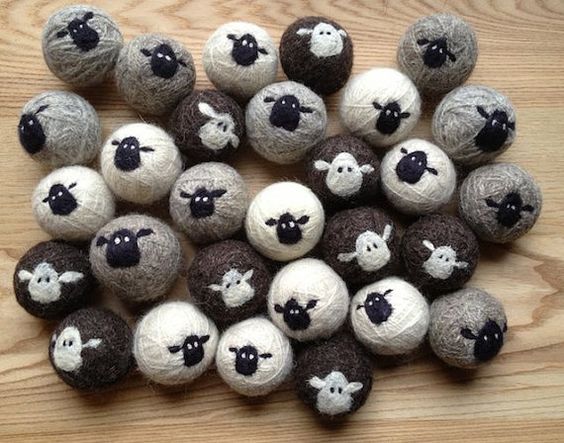
The Beauty of Wool
Share
This time of the year fashion turns a corner and fills with beautifully rich colours and fabrics. Velvet, corduroy, needle cord, denser cotton and of course many kinds of wool starts to dominate in our wardrobe.
But what do we know about different types of wool and why it is so important to read the label? Sometimes even little percentage of luxurious wool in fabric consistency can make significant difference in the look, touch and wear of your favourite piece.
The wool is obtained from sheep and certain other animals in different refions of the world which gives it unique texture and therefore the name of the kind, like cashmere from goat, qivuit from muskoxen, or angora from rabbits.
The quality of wool is determined by its crimp, yield, fiber diameter, color, and staple strength. Fiber diameter is the single most important wool characteristic determining quality and price. Therefore it is interesting to find what natural features each tipe of wool has and how it complements or enhances the fabric.
Merino Wool is taken from a Merino Sheep
It has fine, soft appearance of the fabric. It is unique in its resistance to pilling. Fibres are extremely fine, enabling them to bend far more than traditional, coarser wool fibres. This makes Merino wool feel soft and luxuriously gentle next to your skin. It Can absorb large quantities of moisture vapour then move it away to evaporate into the air. Merino wool clothing is extremely breathable and less prone to clamminess. Merino is also an active fibre that reacts to changes in body temperature. So it helps you stay warm when the weather is cold, and cool when the weather is hot. It also regulates body temperature and heart rate to so that it actually improves sleep.
Mohair Wool is taken from Angora goat
It is not very soft and quite itchy fabric to wear directly next to the skin. However, it is warmer than other fibers, even when used to make a light-weight garment, and is often blended with wool for this reason; and mohair fibers have a distinctive luster created by the way they reflect light. It absorb dyes exceptionally well,therefore pure mohair yarns are usually recognizable for their vivid saturated colours. Mohair is warm in winter as it has excellent insulating properties and cool in summer due to its moisture wicking properties. It is durable, naturally elastic and is considered to be a luxury fiber, like cashmere, angora and silk, therefore is usually more expensive than most wool that comes from sheep.
Cashmere Wool is taken from specific areas of the fleece of a cashmere goat
Cashmere feels incredibly soft, silky smooth and luxurious fabric. Garments made from it provide excellent insulation, approximately three times that of sheep wool, therefore it is incredibly warm. It an also be comfortable for use in the transitional seasons. Cashmere is also softer than regular wool.
Alpaca Wool is taken from Peruvian alpacas
This type of wool can also come from similar fibers of mohair, Icelandic sheep or even high-quality English wool. Alpaca fleece is a lustrous, silky, soft and therefore luxurious natural fiber. It is warmer than usual wool, not prickly, and bears no lanolin, meaning is it hypoallergenic.It can be light or heavy in weight, depending on how it is spun.Also different kind of alpaca have different fiber features, making it more suiteble for specifi clothing or wool products. Alpaca fleece is made into various products, from very simple and inexpensive garments to sophisticated, industrially made and expensive products such as suits.
At Katie Kerr we have a great selection of garments consisting different types of wool fiber. Brands like Sahara, Kokomarina, Masai Clothing, Two Danes or Thought Clothing are particularly keen to incorporate this natural fiber to enhance the qualities and luxury feel of their clothing in autumn and winter.


